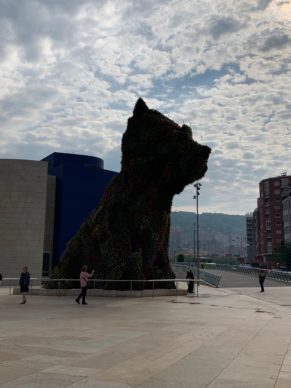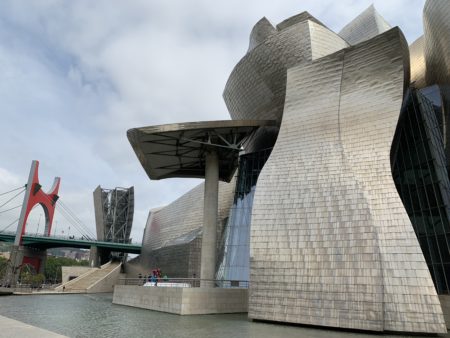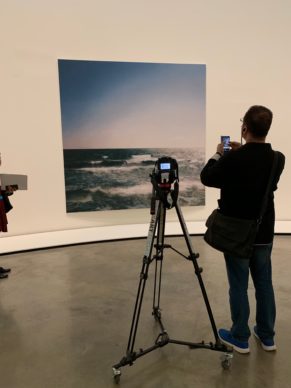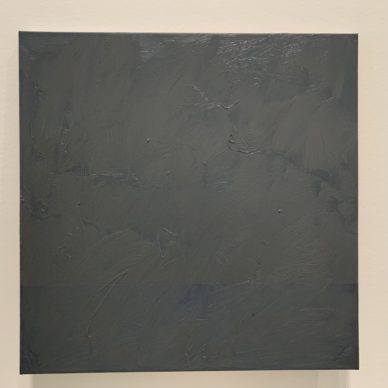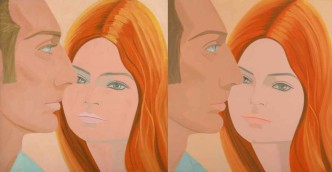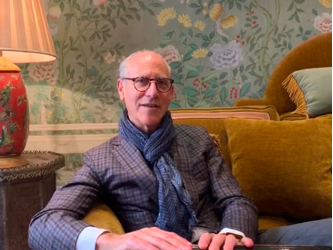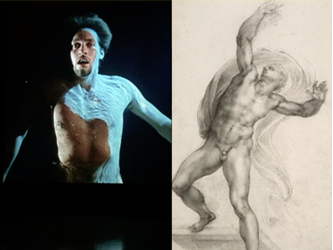On minute in front of a masterpiece
How long does one spend in front of a masterpiece? For mere mortals who can’t claim to possess any, one minute maximum and often even less will be dedicated to experiencing this outstanding vision in a museum. Apart from in rare cases when a bench has been placed there to delay the visitor’s departure.
100 artworks
These days the most popular exhibitions in the world’s great institutions always tend to feature or exceed around one hundred artworks, and within this setting there is a great temptation to “consume” it all with our eyes at top speed, hopping from one amazing painting or sculpture to the next.
Fontana and Morandi
The Guggenheim Museum in Bilbao, now well established on the international scene of major events, loses no ground through its programming where it is currently showing, among others, an intelligent Lucio Fontana exhibition (around 100 artworks exploring the idea of space in the artist’s oeuvre while carefully avoiding repetitions with commercial intent) and another dedicated to the master of modern still lifes, Giorgio Morandi (composed of 65 works featuring a fascinating parallel with art history, particularly Chardin).
Gerhard Richter
The show that officially ought to attract less of our attention due to the small number of pieces exhibited is precisely what draws us in as a result of its excellence. This exhibition is dedicated to Gerhard Richter (born in 1932) and his seascapes.
10 paintings
It’s composed of scarcely 10 paintings and drawings. And yet it will without doubt encourage us to look more closely at and reflect upon the nature of his oeuvre and also his links with art history. The Guggenheim of the Basque Country possesses a single work by Richter, which is a large sea vista (290x290cm) painted in 1998.
1968
Richter began painting views of the sea in 1968 and continued to explore the subject over 30 years with 24 paintings called “Seascapes”. As the curator of the exhibition Lucia Agirre rightly remarks, “in his work there can be a shift from hyperrealism in certain compositions when seen from afar into abstraction when looked at up close”.
The ultimate romantic subject
The German artist actually visits and revisits this ultimate romantic subject using photos as a starting point. Each time he eliminates concrete elements (bathers, vegetation…) which might diminish the oneiric effect of the composition.
Like Le Gray
On occasion he even paints from an assemblage of an image of the sea and another of the sky, like seascape photographer Gustave Le Gray did in the 19th century.
A single theme
Perhaps the genius is defined by the fact that he is able to conceive an infinite number of works from a single theme? In 1969 Gerhard Richter drew a series of 17 possible seascapes on a single sheet of paper in ballpoint pen and pencil, like little windows opening onto views. That same year in charcoal on a two metre long canvas he depicted simply traces of foam in the infinite expanse of the sea.
Seascape again
That same year again he produced a painting entitled “seascape” made up of large brushstrokes striking through the canvas. You can only just make out the horizon line separating the skies from the waves.
In crisis
At this point, the artist was in crisis. Around him painting was being deserted and he wondered whether he ought to continue. “I wanted to be at the heart of things. I didn’t know where I was,” (1) he said to Robert Storr in 2002.
A master of grey
And yet he continued to paint, with raging skies rather than paradisiacal images. Richter is a master of grey, perhaps because he’s interested in photography, or because he is very familiar with the threats of the past, having grown up in Germany during the war.
Statuses of the image
He is at once a part of contemporary discourse, with his questions on the different statuses of the image (single, multiple, legible or not, painted or printed, in two or three dimensions).
Goethe
But he remains linked to the great German tradition, that of Goethe, which he claims, but also in all likelihood that of Gaspard David Friedrich.
2 things missing
There are, however, two things missing from this remarkable little exhibition: armchairs to allow us to contemplate Richter’s seas for longer, and a catalogue to delve deeper into his thought process.
Until 9 September. www.guggenheim-bilbao.eus
Support independent news on art.
Your contribution : Make a monthly commitment to support JB Reports or a one off contribution as and when you feel like it. Choose the option that suits you best.
Need to cancel a recurring donation? Please go here.
The donation is considered to be a subscription for a fee set by the donor and for a duration also set by the donor.


